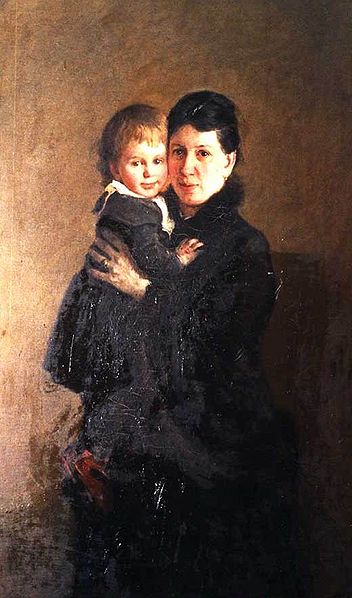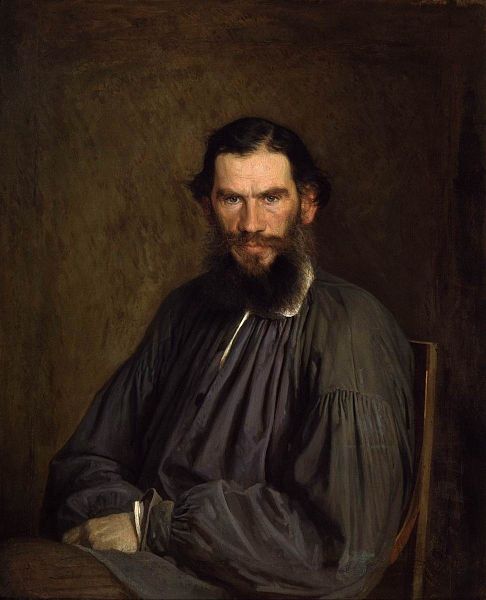Nonviolence is the personal practice of not causing harm to others under any condition. It may come from the belief that hurting people, animals and/or the environment is unnecessary to achieve an outcome and it may refer to a general philosophy of abstention from violence. It may be based on moral, religious or spiritual principles, or the reasons for it may be strategic or pragmatic. Failure to distinguish between the two types of nonviolent approaches can lead to distortion in the concept's meaning and effectiveness, which can subsequently result in confusion among the audience. Although both principled and pragmatic nonviolent approaches preach for nonviolence, they may have distinct motives, goals, philosophies, and techniques. However, rather than debating the best practice between the two approaches, both can indicate alternative paths for those who do not want to use violence.

Mahatma Gandhi, often considered a founder of the modern nonviolence movement, spread the concept of ahimsa through his movements and writings, which then inspired other nonviolent activists.
Petra Kelly founded the German Green Party on nonviolence
Gandhi famously advocated for the Indian independence movement to strictly adhere to the principles of nonviolence.
The Semai have principle called punan, which includes nonviolence
Count Lev Nikolayevich Tolstoy, usually referred to in English as Leo Tolstoy, was a Russian writer. He is regarded as one of the greatest and most influential authors of all time. He received nominations for the Nobel Prize in Literature every year from 1902 to 1906 and for the Nobel Peace Prize in 1901, 1902, and 1909.
Tolstoy in 1908
Leo Tolstoy at age 20, c. 1848
Tolstoy's wife Sophia and their daughter Alexandra
Portrait of Leo Tolstoy by Ivan Kramskoi, 1873








